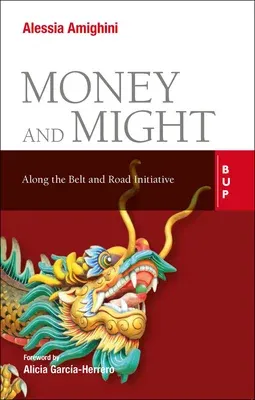Alessia Amighini
(Author)Money and Might: Along the Belt and Road InitiativePaperback, 1 September 2021

Qty
1
Turbo
Ships in 2 - 3 days
Only 2 left
Free Delivery
Cash on Delivery
15 Days
Free Returns
Secure Checkout

Print Length
144 pages
Language
English
Publisher
Egea Spa - Bocconi University Press
Date Published
1 Sep 2021
ISBN-10
8831322125
ISBN-13
9788831322126
Description
Product Details
Author:
Book Format:
Paperback
Country of Origin:
US
Date Published:
1 September 2021
Dimensions:
25.4 x
24.89 x
0.76 cm
ISBN-10:
8831322125
ISBN-13:
9788831322126
Language:
English
Pages:
144
Publisher:
Weight:
362.87 gm